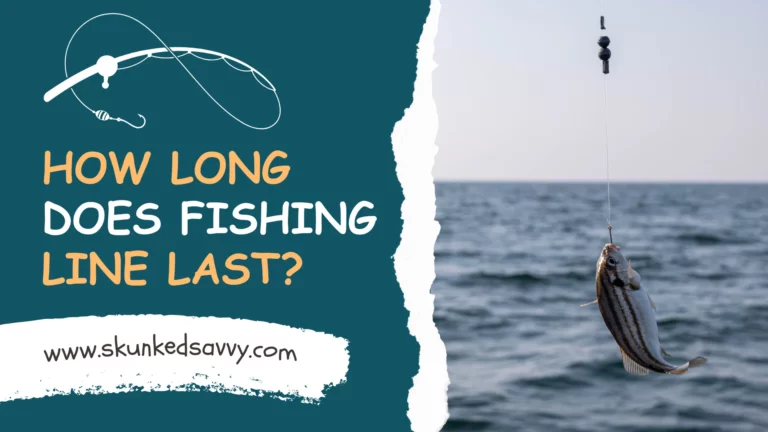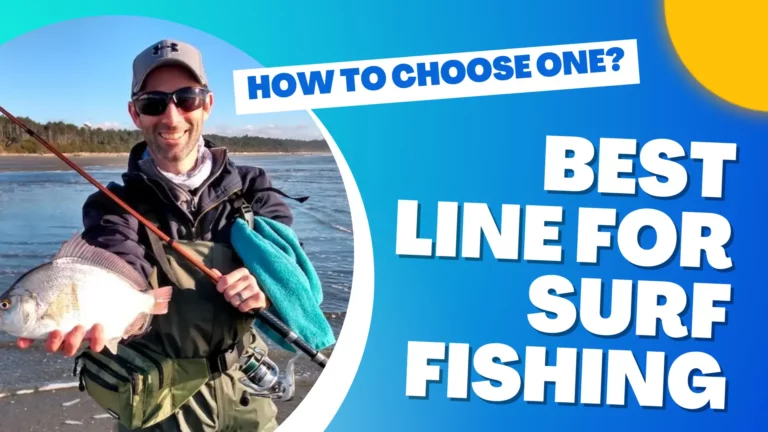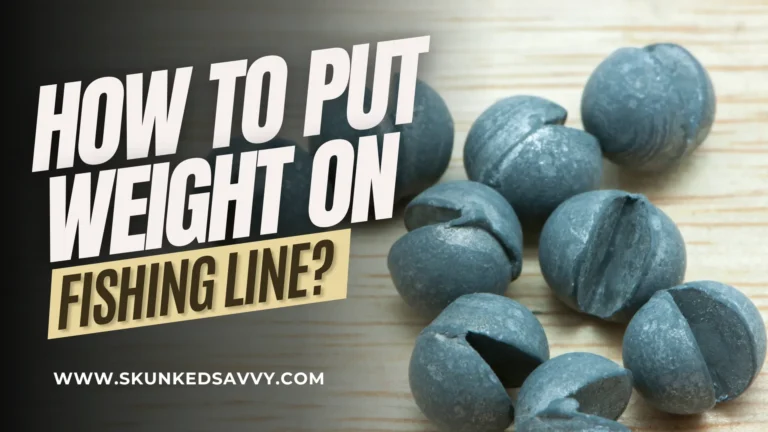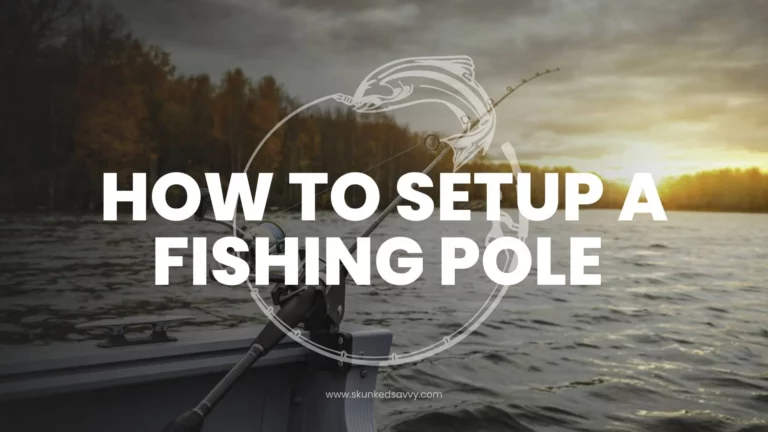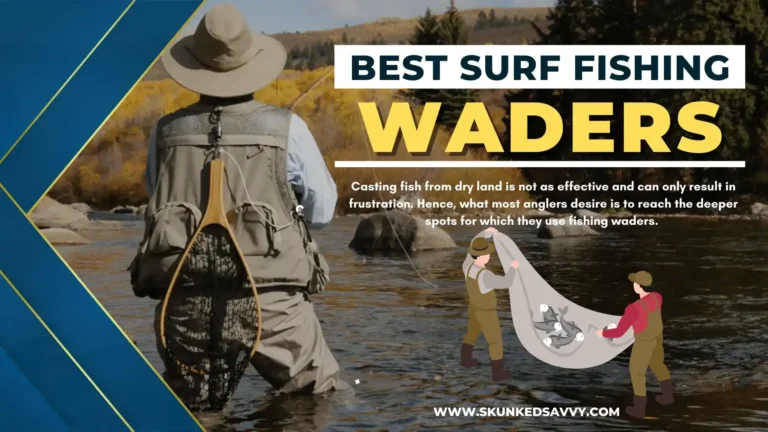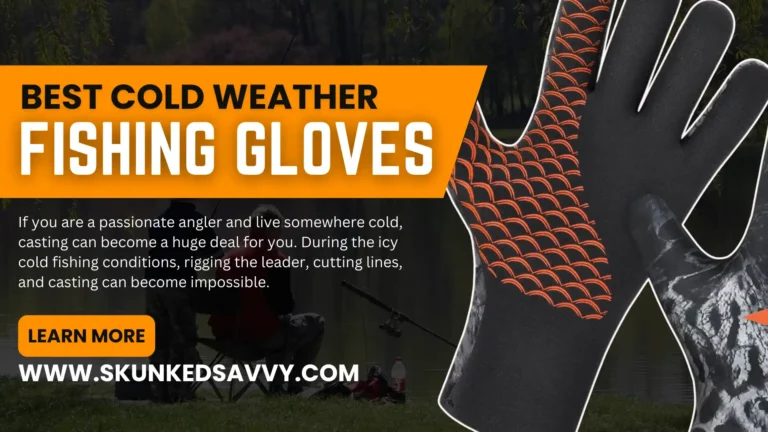Best Crappie Lures (Everything Considered)
Who doesn’t like catching crappie? Though they are easy to catch, the right choice for lures definitely influences your fishing experience to a great extent. However, when you are new, finding the right crappie lure and crappie reels also becomes a challenge, as you don’t know how to navigate the conditions.
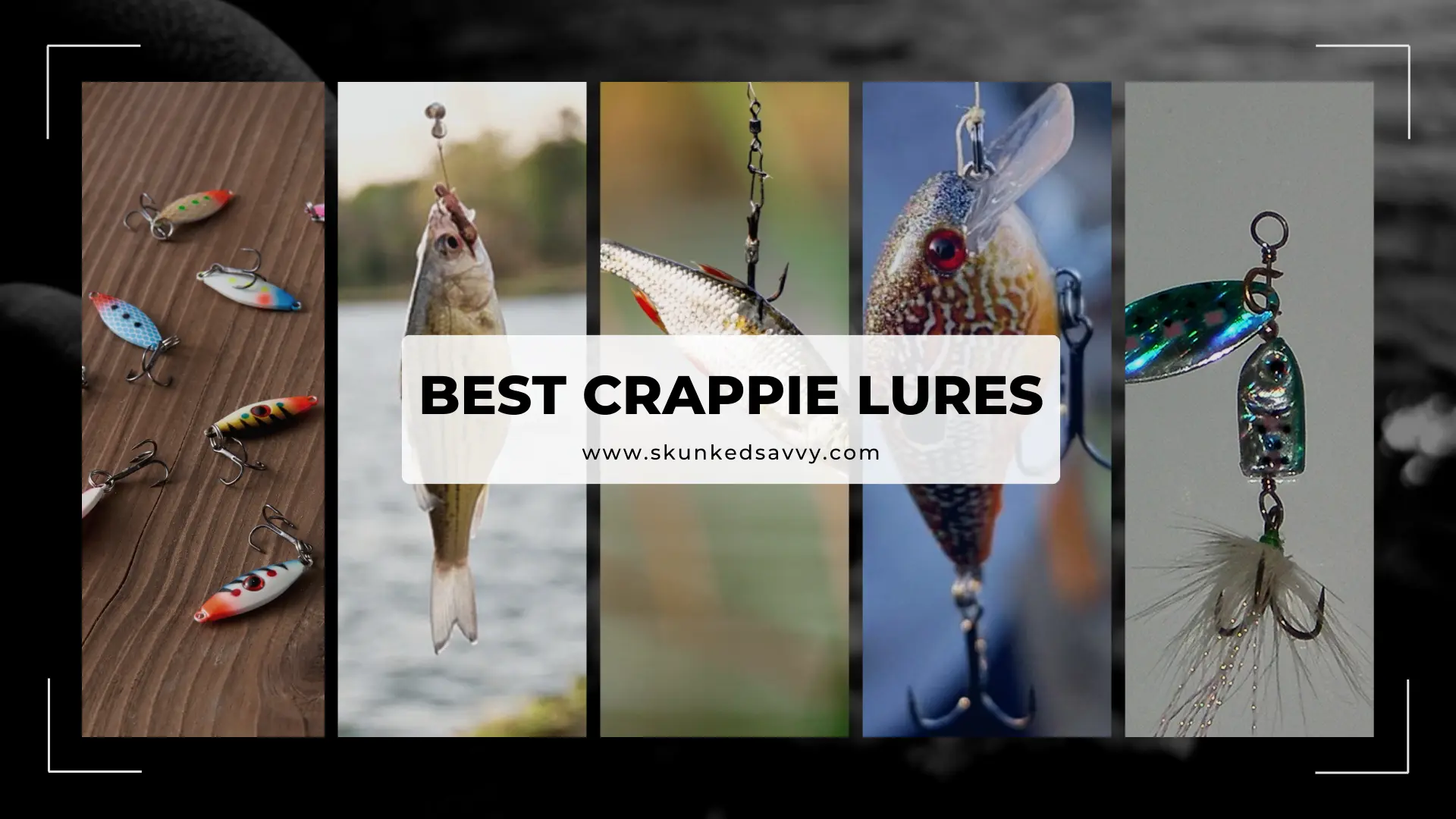
In this case, going through some popular options and finding the most convenient sounds right. If you are confused and don’t know where to start, no worries. Here is a complete guide on a few of the best crappie lures and how to find one, so dive right in for more.
10 Best Crappie Lures
1. Jigs
Jigs are lures with the lead sinker head and are usually available in default setups. These lures are typically available in three different types: solid, feather, and tube.
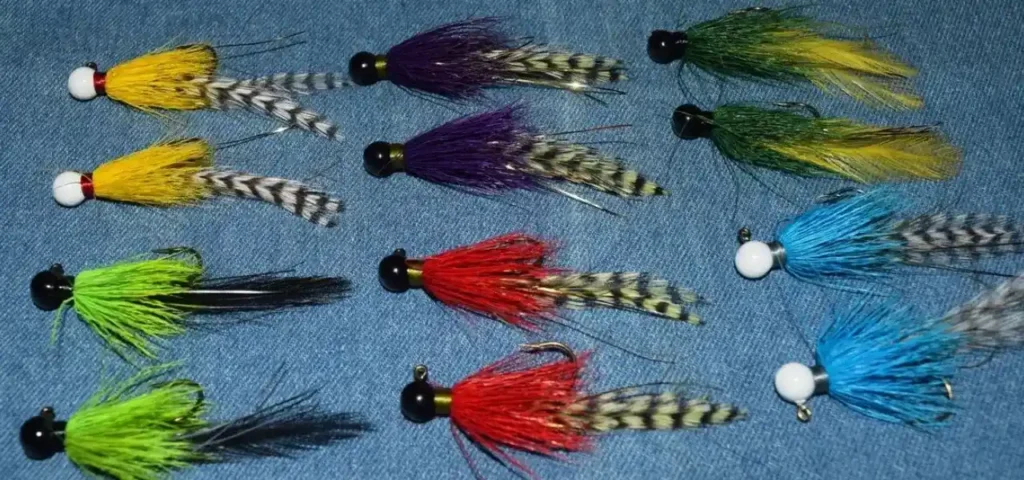
- The first category of solid jigs comes in a variety of colors and styles. Typically, jigs with the lead jig head or minnow are preferred by professional anglers.
- The next category is tube jigs. They are your go-to jigs to smell attracted to crappies. Their hollowness and smell are perfect to attract a crappie nibble, even from a farther distance.
- Last but not least, feather jigs are used in pairs with live baits. This is because they let the lure move naturally, so the crappie gets easily attracted to them.
2. Tube Jigs
As discussed earlier, a tube jig is a type of soft plastic lure that has a hollow structure, which mimics a chemistry lab test tube. They have a single opening and discreet smell to attract crappies from a farther distance. The hollowness in their structure helps them build attractiveness for small fish like crappie nibbles.
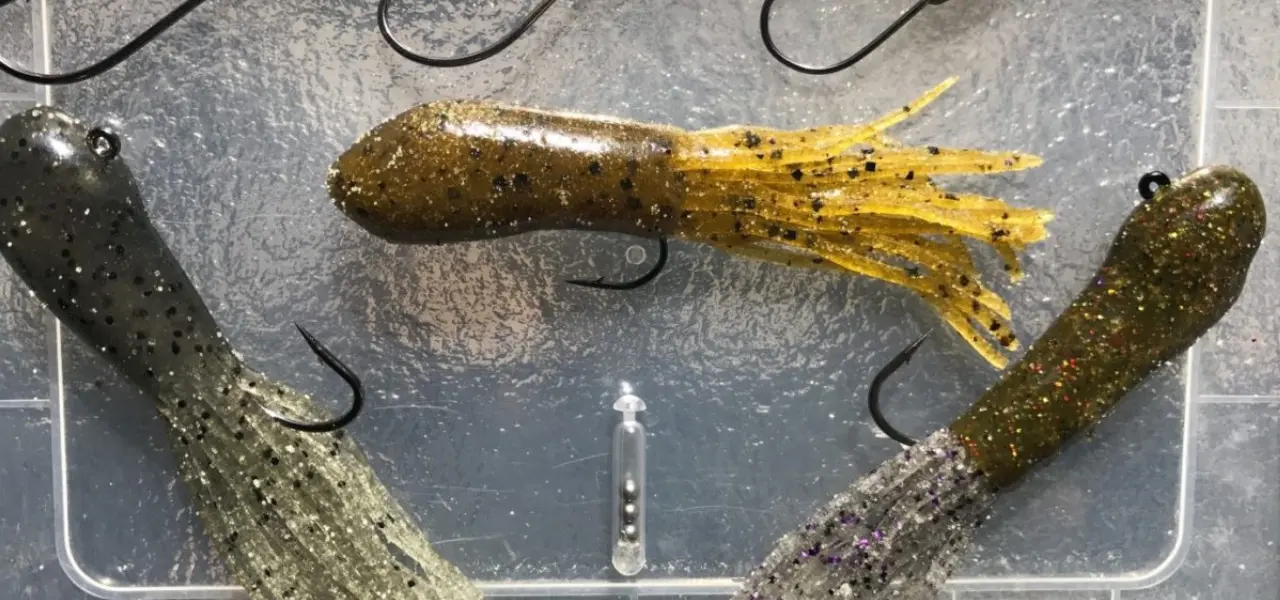
Another good thing about these lures is that you can add several things to their holes. What’s even better is that you can personalize their small ones based on what you add to them, making them versatile enough to catch a wide array of fish. When buying one, it is ideal that you go for a pink color, as they are bright and work in almost all weather conditions.
Important
When buying tube jigs from local vendors, consider the risk of getting exposed to chemicals, including lead. Recently, a few studies have shown that prolonged exposure to lead can cause cancer and birth defects, not to mention other reproductive harms. So, it is better that you do proper research before buying a tube or even a marabou jig.
In addition, they have a slimmer look that helps them pass through water without getting stuck in the vegetation or weeds. Therefore, you can easily get them to scout through thickly vegetated areas while fishing crappies. The only thing you need to consider when buying one is finding the right size, as each size of crappie requires a different tube jig size.
3. Marabou Jigs
Another type of jigs are marabou jigs, famous for their ability to fish for crappies in deep and icy water. Their structure looks similar to the tailed feather that easily scouts through the icy water and helps them survive the tempting cold water. They are a perfect match to pass through the stuck and icy vegetation.
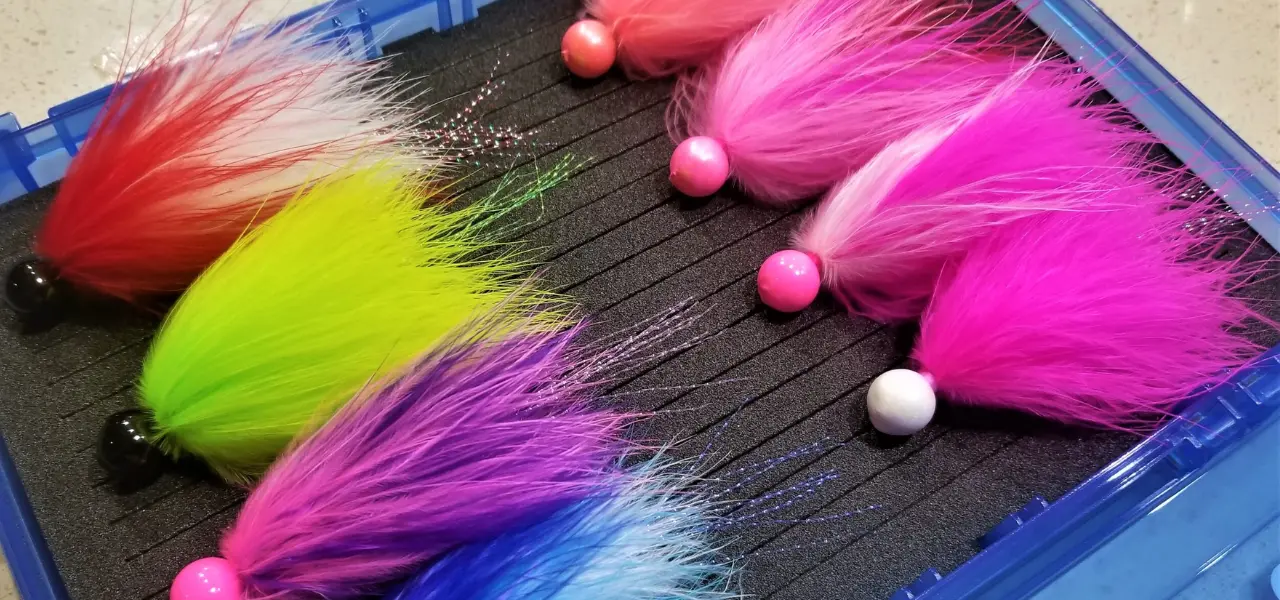
Now, another good thing about marabou jigs is that they are convenient to attach to the fishing rod. Most anglers favor a 1/16 ounces marabou jig in the regular season and get a size up to ⅛ ounces in the more gloomy and windy weather. This type of lure works best when it is vertically presented to the crappie instead of in a mid-depth position suspended over the bushes.
4. Spoons
If you are most likely to fish in the ice water, it shall come as no surprise that spoons are a better choice. Spoons are great at imitating a weak and injured fish, moving sluggishly in the water and making vibrations as they proceed, which makes them noticeable to the crappies. They are considered the real magnets for the slab crappies that might be hidden deeper down in the ice water.
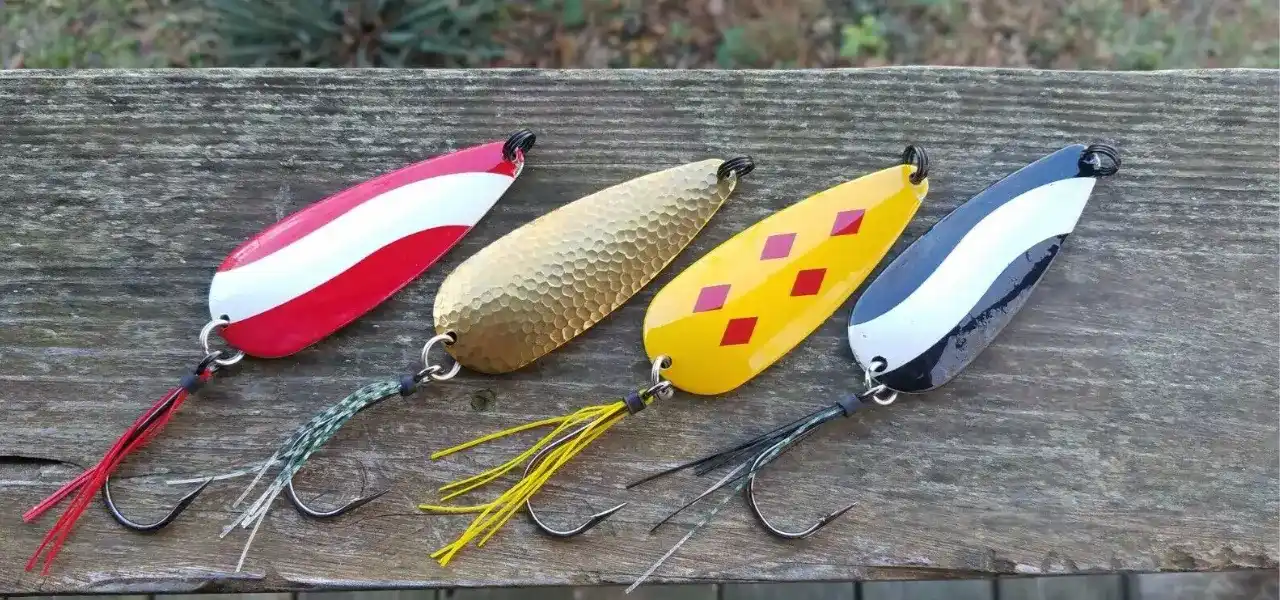
Now, when it comes to buying them, do note that you do not have to be loaded with spoons to get the best deal; rather, a simple spoon would work better. However, never compromise on the size of the fish, and it is better to get a size up if you are fishing deep down in the water. Similarly, combine it with low gold or silver light to mimic the sunlight so that the crappie can easily spot it.
Spoons also come in the form of jigging spoons, known for their ability to attract crappie from a deeper distance. Hence, the jigging spoon is your best bet when fishing deeper than the 25 ft distance, especially in the winter time and gloomy season. Their vertical structure works best for the crappie to hug the bottom, making it easy to catch, hold, and retrieve it, even if you are a new angler.
5. Grub Lure
As the name implies, a grub lure is what it sounds like, which is a grub-like insect larvae lure. The good thing about a grub lure is that they are loved by the crappies, and a typical crappie will eat all sorts of grubs. Similarly, finding them is pretty easy, considering they are easily available, and you don’t have to think twice about the size, shape, or color of the grub.
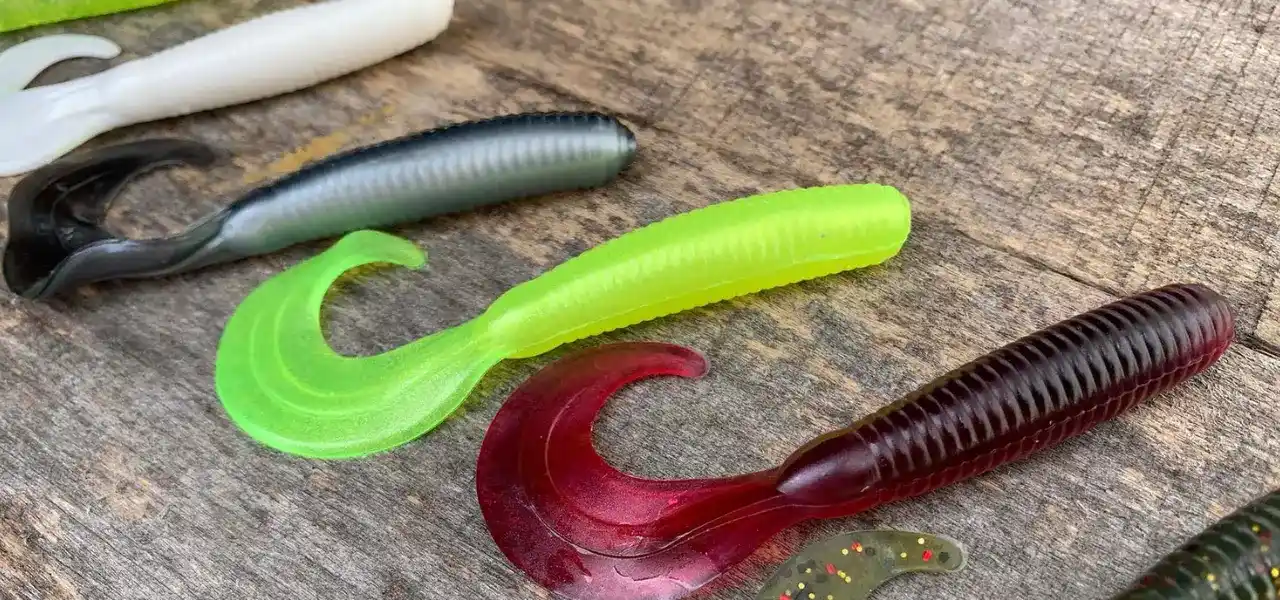
Now, most anglers also wonder whether they can use a real grub. The answer to this is yes, you can use a real grub; however, putting it on the line would be a challenge to surpass. Also, they are incredibly expensive unless you are catching one yourself, so you may expect to find one at a hefty price, not to mention the color choices of original grub are extremely limited.
Let us say you are buying a grub; it is ideal that you keep a few things in mind before making any decision about its color. When you are in clear waters, it is best to go for natural colors like natural green, red, and shades of brown, whereas brighter colors work best for dark and gloomy weather. Please note that not adjusting the color to the surroundings will give your crappie a hard time identifying the grub.
6. Spinners
Next on my list of best crappie lures are spinners, also known as spinnerbaits. As the name suggests, spinnerbaits are lures shaped in a way that makes them spin and vibrate constantly. Their natural structure incorporates strong metal blades, responsible for producing sharp flashes and vibrations, eventually making the baits spin like crazy.
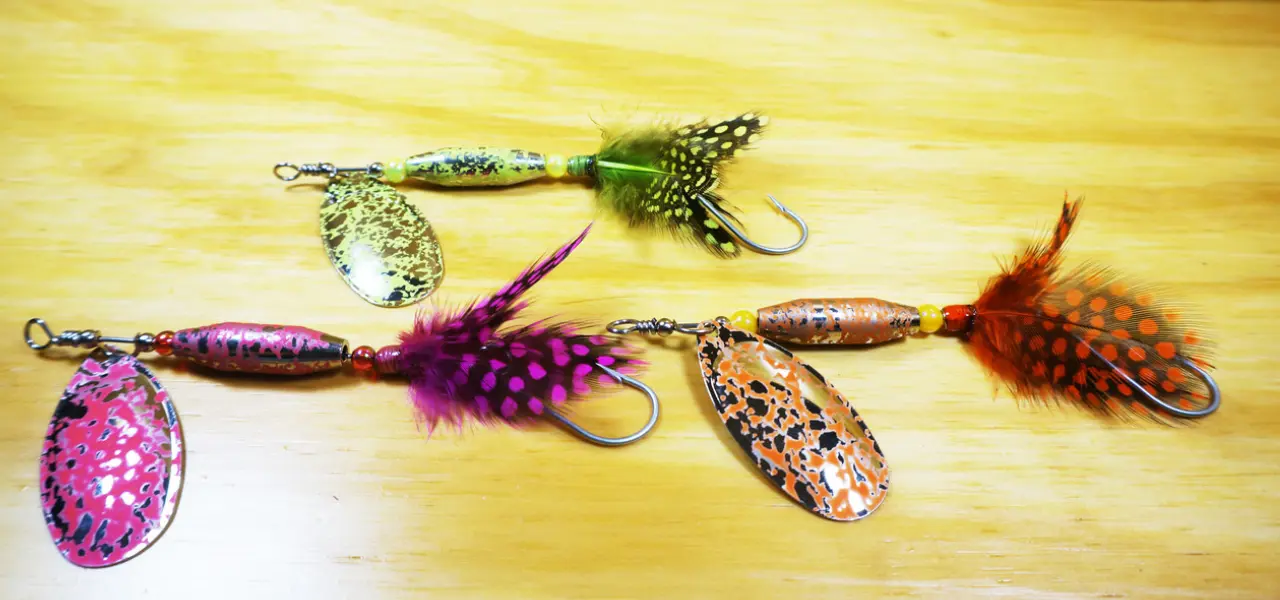
The good thing about their spinning motion is that it works effectively in attracting crappies and getting them confused. If they manage to somehow get your crappie’s attention by exerting strong vibrations, there is no way your crappie will not bite into it. Typically, spinnerbaits come in two types, including beetle spinners and in-line spinners.
The beetle spinnerbaits have a similar structure to grub, much of which comes from their shape and color. The appearance of the grub and its vibratory characteristics make it perfect for crappies to get attracted to them. So, if you want to leave no chance of getting the crappie out of your hands, beetle spinnerbaits might be it.
In comparison, in-line spinners have a different purpose, as they are not showy and on the face like the previous one. They are best off scouting shallow waters in half the time it would take a normal spinner bait. It has a relatively slimmer shape that helps them go smoothly in the water without getting stuck in between weed and other type of vegetation, so you can fish for some crappies in thickly vegetated areas.
7. Crankbait
The next best crappie lures on my list would be the crankbaits. The crankbaits are lures made either of hard plastic or wood and come in two types: lipless and lipped crankbaits. In comparison to the billed/ lipped crankbaits, the lipless baits do not have a long translucent beak, which makes them resemble trolling lure fish on some occasions.
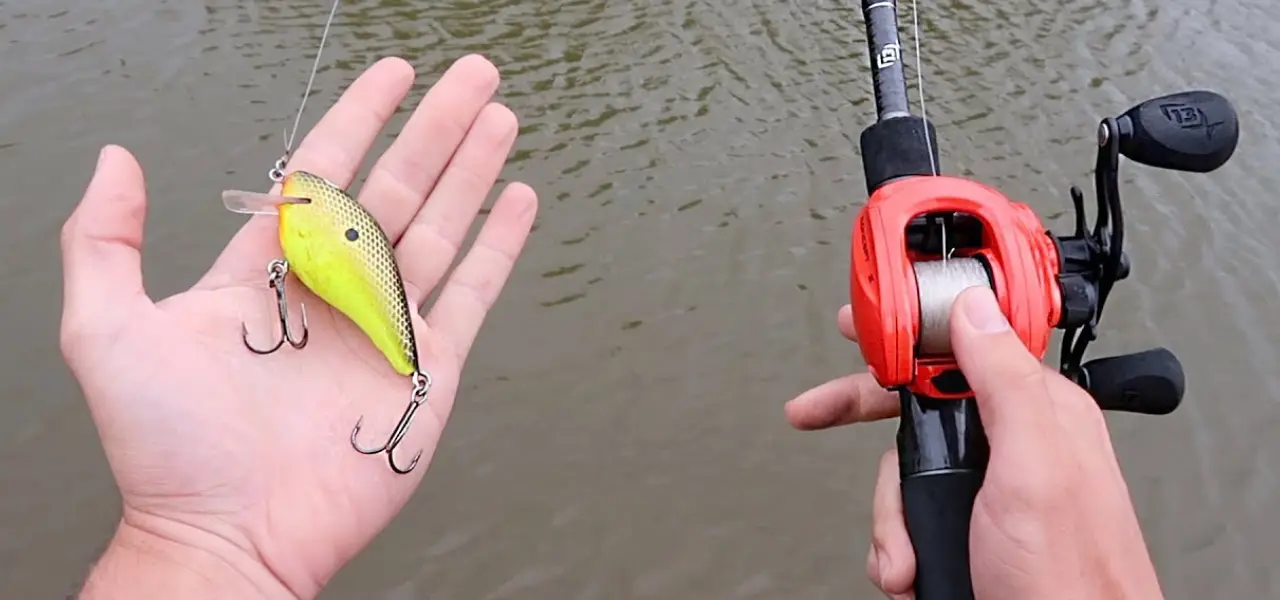
They are often confused by troll fishing by some new and amateur anglers. This is because the crankbait also feels wiggly and wobbly under the water surfaces, which creates the illusion of the fish swimming like a baitfish, puzzling the owner’s mind about their nature. Moreover, attaching them to the rod is pretty easy, and most anglers prefer adding their crankbaits on multiple rods for a better crappie catch.
Important
Do consider that there are no crankbait size restrictions with the crappie. Any size crankbait will work best for a regular-size crappie. So, don’t be a victim of a false marketing gimmick.
Now, speaking about their effectiveness, they are your best bet as ambitious anglers. Crankaits look like minnow-shaped, which makes them irresistible to the typical crappies, and it is extremely rare that a crappie would refuse something like a minnow. They are an excellent lure for anyone who wants to get a big crappie.
8. Live Minnow
Similarly, live minnows have been the most popular crappie fishing bait across the market among new and pro anglers. Crappies consider minnows as the tastiest thing in the world and cannot stop them from eating them. No matter how sloppy, lazy, or sluggish your crappie is, it will put in extra effort to go after the live minnow.
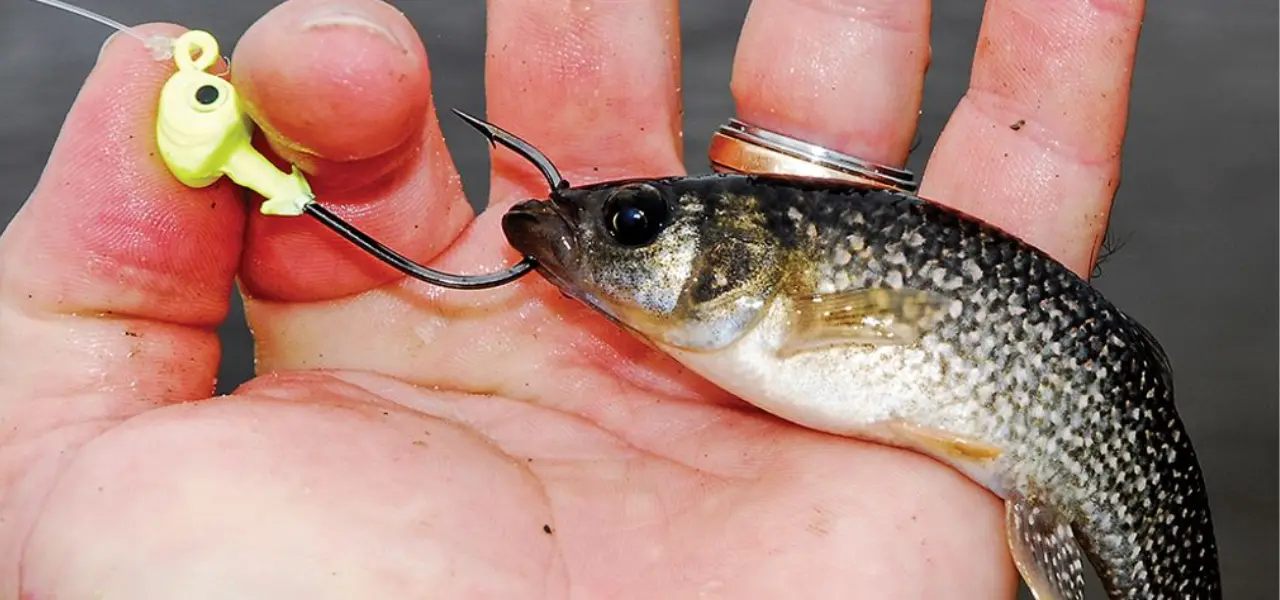
Hence, it wouldn’t be wrong to say that there is nothing compared to live minnows when it comes to catching crappie. However, they can be really expensive when bought from a store; needless to say, they come in limited colors. So, if you are a professional angler, the best bet is to go out there and catch one for yourself.
One such type of live minnow is the stinger tail minnow, also known as shad, which are generally minnow-shaped soft plastic grubs with a thin tail. They are a favorite choice for anglers to use in the wintertime, especially in the open water or around the piles and docks. Attaching them to the rod is also easy, as all you have to do is cast 1/16 ounces of jig head onto the rod for a smooth retrieval.
9. Fuzzy Grubs
When it comes to grubs, the most popular type is fuzzy grub, known for its soft plastic structure with a medium-sized marabou tail. They are marabou baits but more natural-looking and feeling, making them better to attract a crappie. Fuzzy grubs make recurring pulsating and vibratory motions, which is ideal for attracting lethargic and lazy crappie out there.
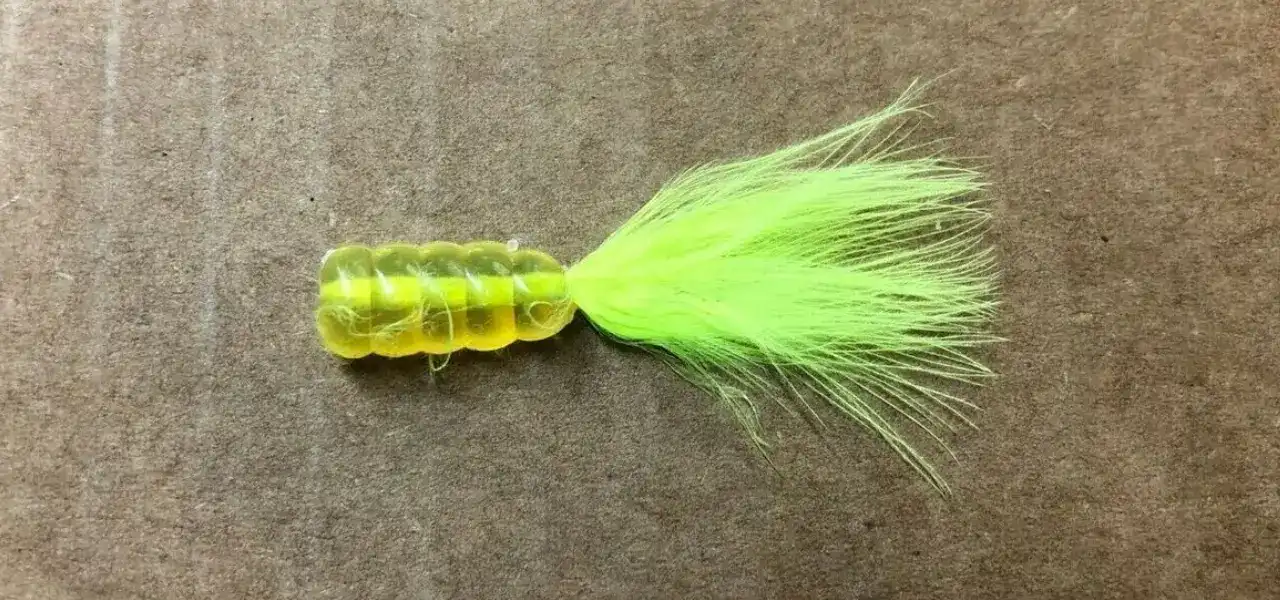
Similarly, these grubs come in a wide array of colors and sizes, so you can choose a different fuzzy grub for a different condition. In addition, while eating fuzzy grub, the crappie keeps the bait in their mouth longer so they can detect a lighter bite and set the hook before spitting it out in the water. Speaking of application, it is better that you present them vertically, like marabou and tube jigs, instead of medium-depth suspension over the bushes.
10. Live Bait
Last but not least, live baits are equally good for catching crappies from deep and thickly vegetated waters. Sometimes, it does not matter how good your lure is; live bait will always work better. But, as a new angler, you have some questions, like does the live bait look like other bait, does it smell, or can it behave like other fishing lures?
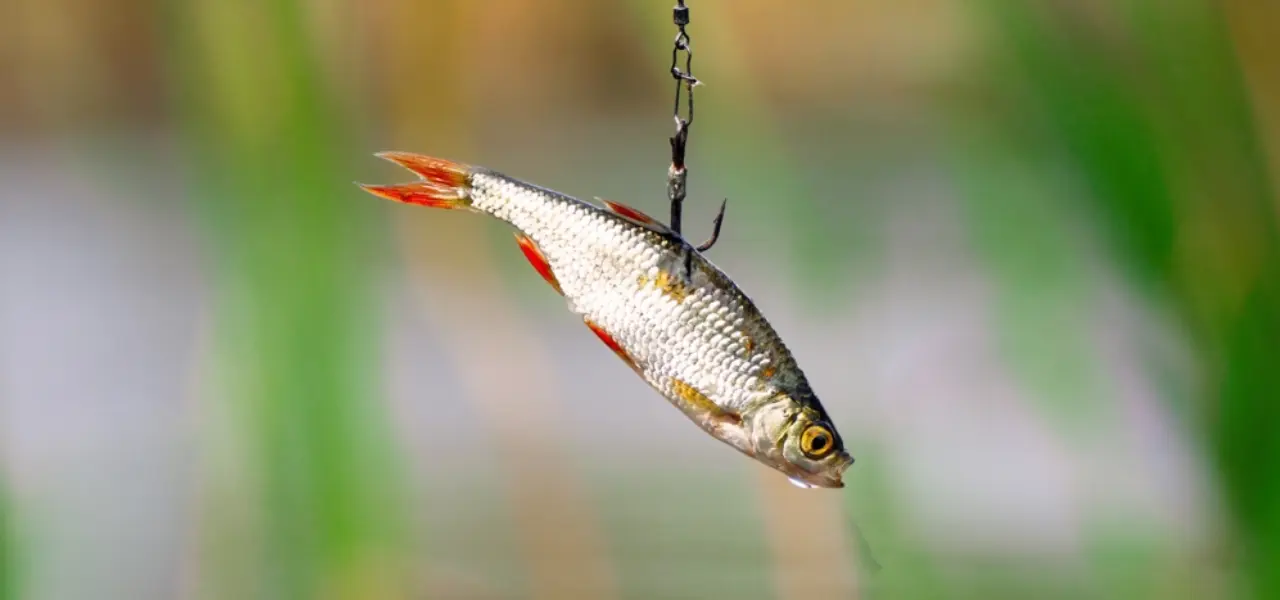
Well, it depends on the type of bait you are comparing it with. However, it does not matter whether it is a trout, bass lure, or crappie; all fish will behave similarly to the live baits. It is also why most anglers prefer live baits over artificial ones, though a few of them like using artificially flavored baits like sweetened coke.
Another advantage live baits have over artificial ones is that they will work at all times, as crappies will always eat live baits by default. This is not the case with artificial baits, as crappie has to like the flavor and color of the bait you are using. So, whenever you feel unsure of what to choose from, it is better to buy some local fish from the vendors, or you can easily find one yourself from the water.
How to Find the Best Crappie Lure: All You Need to Know
Finding the best crappie lure is no challenge once you are clear about your individual requirements and some basic things like color choices and places to cast. So, let us discuss them in detail so you can make an informed decision.
Pro Tip
Embrace experimentation by trying various color combinations and casting techniques based on intuition and observations to adapt to changing fishing conditions.
Color Choices
Crappie jigs come in a variety of colors, each having a different purpose to fulfill, but that does not mean you have to stock them all up. The choice of your lure color depends on the conditions on the ground. So, the right way to find the correct color is to check the weather on that specific day, whether it is muddy, clear, or cloudy.
Here are the top three lure colors for crappies (both jigs and plastics). This technique was inspired by a professional angler, Huckabee.
- He started with the black and chartreuse plastic with an orange head. This works ideally in an area where there is a lot of muddy water, and it is dark naturally, making it challenging for the crappie to spot your fishing bait.
- Then, Huckabee switches to the gold-flaked colored plastic with a golden head. This is for emergency situations when the crappie is not responding positively to the black and chartreuse plastic bodies. It is a naturally muted and tinted color, so most anglers prefer using it in clear water.
- The third color combination he used for the cloudy and darker weather is a chartreuse plastic body that has a brighter head (maybe a red or orange). It is your best bet for dark conditions. If you are not using this combination, it is better that you pair it either with a gold or silver light to mimic the sunlight.
From the above assessment, anglers have made some assumptions, such as the darker color is best for muddy and contaminated water, whereas clear water demands natural lure colors. However, do note that it is not a fishing rule, and you can always experiment with the color combinations based on your intuition. Just try out different things before finding the right color scheme for your lures.
Place of Casting
Another thing to consider before making a buying decision is checking the place of casting. Well, most of it comes down to your preferences; it does not always work according to your desires. For instance, when the temperature rises to 50 Fahrenheit in the early spring, the crappies move to the southern part of the country, changing your preferences for fishing baits and vice versa.
As the year progress, crappies move down to the deep water in chances to find shelter from the cold and icy weather. In this case, it is better to go for locally available lures, like live minnow jigs and fuzzy grubs. In addition, when it comes to cold winters, most anglers favor presenting the lures in a vertical position, as the crappies are getting sluggish and slow during this season.
FAQs
What lure is best for crappie?
Solid plastic jigs are an all-rounder choice when it comes to crappie fishing. These fishing baits come in a variety of colors, sizes, and styles, so you can decide which shape works best. Similarly, if you add scent to their hollow structures, you can tailor any type of lure for crappie fishing.
What is the best thing to use for crappie fishing?
The most preferred method among anglers to catch crappie is the spider rigging method, which does not depend on your choice of lure. That said, a few effective crappie baits include live minnows, crankbaits, plastic jigs, tube jigs, and grubs. It is even better if the bait is locally available.
What does crappie bite on most?
Minnows, especially live minnows, are your best bet when it comes to getting your crappie bite on. They have a distinct color and smell that works with most crappies and gets their attention instantly. Similarly, live minnows are not easily influenced by the weather on the fishing field, so you can use any minnow for casting crappies.
Does weather influence your choice of crappie lure?
Yes, the weather does influence your choice of crappie fishing bait, especially the color of your lure. For instance, darker colors are best suited for muddy and contaminated water, whereas clear water demands natural lure colors. So, you can experiment with different color combinations unless you find the right choice.
Final Thoughts
Finding the best crappie lure can be intimidating, but it is not hard once you have a clear understanding of each. All you need is one that is conveniently available and does not cost you a hefty amount. Still confused? Here are some of my favorites.
- Jigs for their slimmer structure and multiple colors.
- Live Minnow for their ability to attract crappies from a greater distance.
- Spinners for their ability to vibrate and become noticeable to crappies.
I hope this guide has helped you in finding the best crappie lure for your budget.

